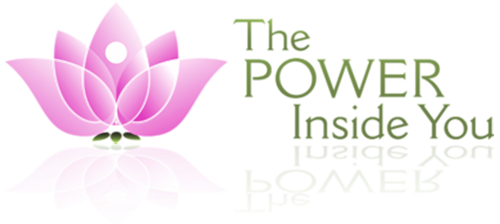
31 Jul What can Yoga do for you?
For tens of thousands of years, people have practiced and consequently reaped the benefits of yoga. Yoga is a multifaceted practice with many branches and interpretations. Because of this multitude of types of practice, there is something to learn for everyone.
Many misconceptions exist in regards to yoga; it is important to emphasize that you don’t have to be a spiritual person or a gymnast in order to start your practice. Yoga truly is for everybody! Likewise, it looks different on everyone and that is just fine. It is about improving your relationship with yourself, developing consciousness of your body in space and learning to become more patient with fluctuations in the human experience (emotionally and physically).
As an ultimate mind-body practice, yoga functions by strengthening both components while allowing them to work better together. Frequent practice will increase your bodily awareness, flexibility, and overall physical and mental state. Practicing how to breathe through uncomfortable sensations in a yoga class can eventually seep into other areas of your life, off the mat, when you experience discomfort. Like all good things, this comes with practice.
Hatha yoga is a very common type of yoga, combining many techniques and focusing on conscious breathing techniques. This means you move with your breath, synchronizing each move with your inhale or exhale.
Yoga and other techniques centered on the movement of our bodies have been found to be great tools in therapeutic settings, helping us work through trauma that has been stored in our bodies without our conscious awareness. Bessel van der Kolk, a leading researcher in trauma and author of the book The Body Keeps the Score stresses the efficacy of yoga as a vehicle for healing, a major complement to psychotherapy and even pharmacological treatment for mental health issues. In an interview with Kripalu Center for Yoga, Dr. van der Kolk stated:
“When people think about trauma, they generally think of it as a historical event that happened some time ago. Trauma is actually the residue from the past as it settles into your body. It’s located inside your own skin. When people are traumatized, they become afraid of their physical sensations; their breathing becomes shallow, and they become uptight and frightened about what they’re feeling inside. When you slow down your breathing with yoga, you can increase your heart rate variability, and that decreases stress. Yoga opens you up to feeling every aspect of your body’s sensations. It’s a gentle, safe way for people to befriend their bodies, where the trauma of the past is stored.”
** The rest of this interview can be found at https://kripalu.org/
Even if you start with only 10 minutes of practice a day, you will notice small changes and hopefully develop an appreciation for yoga. Keep in mind that the mind arrives first and the body follows. This means that visualizing yourself will help you to attain the flexibility and stability yoga calls for, something you may find challenging upon starting. Use slow and controlled breaths to send that signal to your body that you are safe, and that you can become increasingly comfortable in the discomfort of certain poses. Most importantly, be patient and kind with yourself and remember tomorrow’s practice will never be exactly the same as today’s.
https://www.sciencedirect.com/


